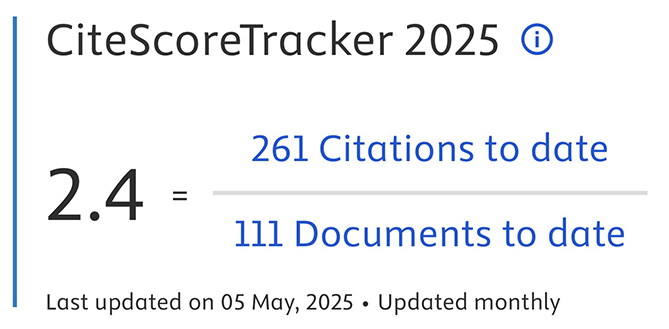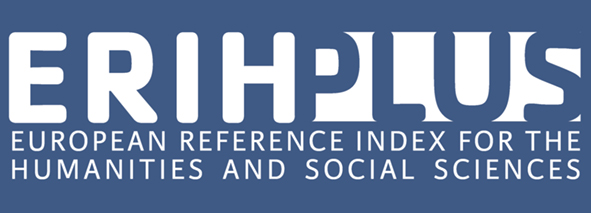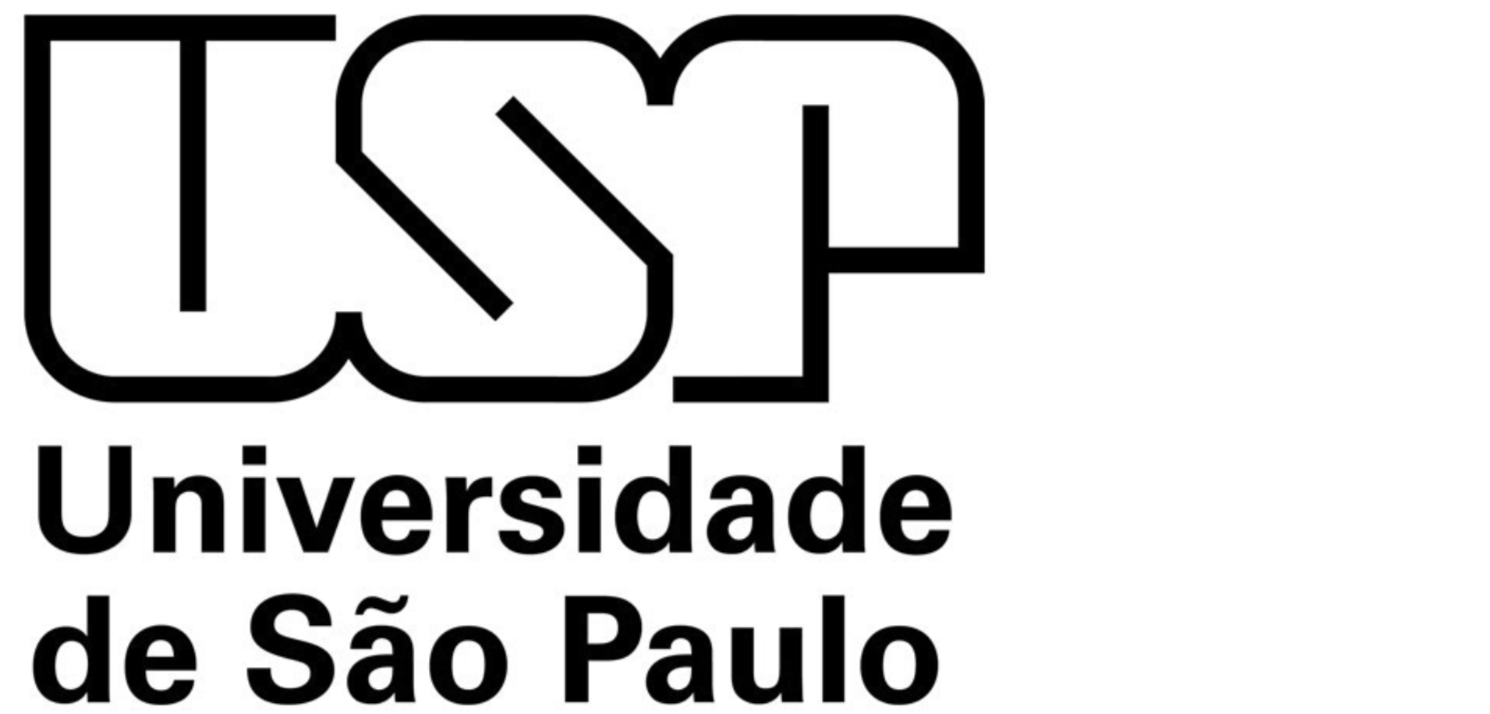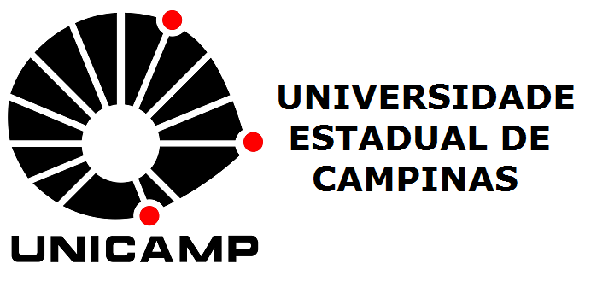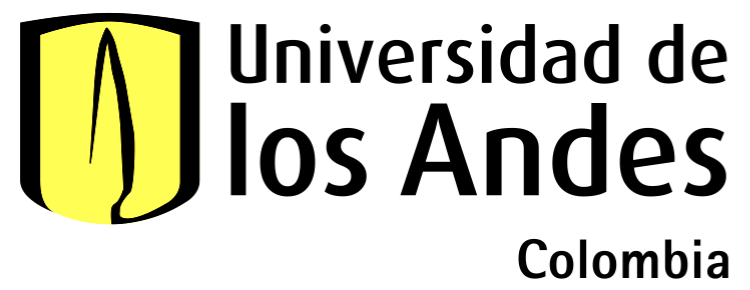Reimagining post-industrial landscapes through the lens of sustainable development
DOI:
https://doi.org/10.69143/2464-9309/1772025Keywords:
industrial heritage, cultural preservation, adaptive reuse, sustainability, resilienceAbstract
This paper investigates the adaptive reuse of industrial heritage within the United Nations Sustainable Development Goals (SDGs) ì framework, addressing preservation, sustainability, and community development challenges. Often neglected or underutilized, industrial heritage sites hold significant potential for transformation into vibrant spaces that address social, economic, and environmental needs. This study presents a multi-scalar methodology integrating participatory planning, design innovation, and resilience thinking. Structured in five main sections – including a literature review, theoretical positioning, methodological framework, empirical case studies, and a synthesis – the paper aligns its contributions with SDGs 3, 4, 5, and 11. The outcomes demonstrate that adaptive reuse can become a catalytic mechanism for sustainable urban growth, equitable community engagement, and reinforced cultural identity. Through critical analysis of literature, policy, and community-based design practices, the paper contributes an actionable framework for repurposing post-industrial landscapes in the post-2030 sustainability era.
Article info
Received: 26/03/2025; Revised: 18/04/2025; Accepted: 02/05/2025
Downloads
Article Metrics Graph
References
Ahern, J. (2011), “From fail-safe to safe-to-fail – Sustainability and resilience in the new urban world”, in Landscape and Ur-ban Planning, vol. 100, issue 4, pp. 341-343. [Online] Available at: doi.org/10.1016/j.landurbplan.2011.02.021 [Accessed 12 April 2025].
Baiani, S., Altamura, P., Turchetti, G. and Romano, G. (2024), “Transizione energetica e circolare del patrimonio industriale – Il caso dell’ex SNIA a Roma | Energy and circular transition of the industrial heritage – The Ex SNIA case in Rome”, in Agathón | International Journal of Architecture, Art and Design, vol. 15, pp. 190-203. [Online] Available at: doi.org/10.19229/2464-9309/15152024 [Accessed 12 April 2025].
Bazazzadeh, H., Nadolny, A., Mehan, A. and Hashemi Safaei, S. S. (2021), “The Importance of Flexibility in Adaptive Reuse of Industrial Heritage – Learning from Iranian Cases”, in International Journal of Conservation Science, vol. 12, issue 1, pp. 113-128. [Online] Available at: ijcs.ro/public/IJCS-21-08_Bazazzadeh.pdf [Accessed 12 April 2025].
Bullen, P. and Love, P. (2011), “Factors Influencing the Adaptive Reuse of Buildings”, in Journal of Engineering, Design and Technology, vol. 9, issue 1, pp. 32-46. [Online] Available at: doi.org/10.1108/17260531111121459 [Accessed 12 April 2025].
Casanovas, X., Alonso Campanero, J. A. and Campisi, T. (2024), “Patrimonio culturale e transizione energetica – Una lezione dal passato | Cultural heritage and energy transition – A lesson from the past”, in Agathón | International Journal of Archi-tecture, Art and Design, vol. 15, pp. 58-69. [Online] Available at: doi.org/10.19229/2464-9309/1542024 [Accessed 12 April 2025].
Ghisellini, P., Ripa, M. and Ulgiati, S. (2018), “Exploring environmental and economic costs and benefits of a circular econo-my approach to the construction and demolition sector – A literature review”, in Journal of Cleaner Production, vol. 178, pp. 618-643. [Online] Available at: doi.org/10.1016/j.jclepro.2017.11.207 [Accessed 12 April 2025].
Höfer, W. and Vicenzotti, V. (2013), “Post-industrial landscapes – Evolving concepts”, in Howard, P., Thompson, I. and Wa-terton, E. (eds), The Routledge Companion to Landscape Studies, Taylor & Francis, pp. 405-416. [Online] Available at: doi.org/10.4324/9780203096925-44 [Accessed 12 April 2025].
Langston, C. and Ding, G. K. C. (2011), Sustainable Practices in the Built Environment, Butterworth-Heinemann Publishing, Oxford.
Madgin, R. and Lesh, J. (eds) (2021), People-Centred Methodologies for Heritage Conservation – Exploring Emotional At-tachments to Historic Urban Places, Routledge, London. [Online] Available at: doi.org/10.4324/9780429345807 [Accessed 12 April 2025].
Mantziaras, P. (2024), “La previsione strategica urbana nel contesto europeo – Le lezioni di Ginevra e Lussemburgo | Urban strategic foresight in European territories – Lessons from Geneva and Luxembourg”, in Agathón | International Journal of Architecture, Art and Design, vol. 15, pp. 30-47. [Online] Available at: doi.org/10.19229/2464-9309/1522024 [Accessed 12 April 2025].
Mehan, A. (2024), “Reimagining Industrial Legacy – Strategic Urban Adaptation for Climate Resilience in an Era of Radical Environmental Change”, in Calabrò, F., Madureira, L., Morabito, F. C. and Piñeira Mantiñán, M. J. (eds), Networks, Markets & People | NMP 2024, Lecture Notes in Networks and Systems, vol. 1188, Springer, Cham, pp. 321-329. [Online] Available at: doi.org/10.1007/978-3-031-74716-8_32 [Accessed 12 April 2025].
Mehan, A. and Mostafavi, S. (2024), “Transition”, in Crudeli, A. (ed.), Adaptive Reuse – Theoretical Glossary and Design Labs, STH Press, Florence, pp. 150-153. [Online] Available at: academia.edu/124693086/Transition [Accessed 12 April 2025].
Mehan, A. and Stuckemeyer, J. (2023), “Adaptive Reuse of Industrial Heritage in the Era of Radical Climate Change Related Urban Transitions”, in Geographies of the Anthropocene, vol. 6, issue 2, pp. 169-192. [Online] Available at: ilsile-no.it/geographiesoftheanthropocene/wp-content/uploads/2024/05/Chapter-6.pdf [Accessed 12 April 2025].
Montuori, L., Converso, S. and Rabazo Martín, M. (2024), “Spazi pubblici della transizione energetica – Un progetto a Nepi per il New European Bauhaus | Public spaces of the energy transition – A design in Nepi for the New European Bauhaus”, in Agathón | International Journal of Architecture, Art and Design, vol. 15, pp. 138-147. [Online] Available at: doi.org/10.19229/2464-9309/15102024 [Accessed 12 April 2025].
Moscatelli, M. and Raffa, A. (2023), “Infrastrutture verdi in contesti aridi urbani – Ecologie in transizione oltre il Green Riyadh | Green infrastructure in arid urban contexts – Transitioning ecologies beyond Green Riyadh”, in Agathón | Interna-tional Journal of Architecture, Art and Design, vol. 13, pp. 75-86. [Online] Available at: doi.org/10.19229/2464-9309/1362023 [Accessed 12 April 2025].
Ness, D. (2024), “La decarbonizzazione degli edifici sarà sufficiente? – Limitare e ridistribuire l’aumento di superficie co-struita | Will decarbonising buildings be enough? – Constrain and redistribute growth in floor area”, in Agathón | Internatio-nal Journal of Architecture, Art and Design, vol. 15, pp. 84-97. [Online] Available at: doi.org/10.19229/2464-9309/1562024 [Accessed 12 April 2025].
Pendlebury, J., Townshend, T. and Gilroy, R. (2004), “The conservation of English cultural built heritage – A force for social inclusion?”, in International Journal of Heritage Studies, vol. 10, issue 1, pp. 11-31. [Online] Available at: doi.org/10.1080/1352725032000194222 [Accessed 12 April 2025].
Pirina, C., Comi, G. and d’Abramo, V. (2024), “Per una transizione progettuale – Composizione e progetto del verde per la città contemporanea | For a design transition – Green composition and design for the contemporary city”, in Agathón | Internatio-nal Journal of Architecture, Art and Design, vol. 15, pp. 124-137. [Online] Available at: doi.org/10.19229/2464-9309/1592024 [Accessed 12 April 2025].
Plevoets, B. and Van Cleempoel, K. (2019), Adaptive Reuse of the Built Heritage – Concepts and Cases of an Emerging Dis-cipline, Routledge, London.
Rigillo, M., Galluccio, G. and Paragliola, F. (2023), “Digitale e circolarità in edilizia – Le KETs per la gestione degli scarti in UE | Digital and circularity in building – KETs for waste management in the European Union”, in Agathón | International Journal of Architecture, Art and Design, vol. 13, pp. 247-258. [Online] Available at: doi.org/10.19229/2464-9309/13212023 [Accessed 12 April 2025].
Rodwell, D. (2007), Conservation and Sustainability in Historic Cities, Blackwell, Oxford.
Scalisi, F. and Ness, D. (2022), “Simbiosi tra vegetazione e costruito – Un approccio olistico, sistemico e multilivello | Sym-biosis of greenery with built form – A holistic, systems, multi-level approach”, in Agathón | International Journal of Archi-tecture, Art and Design, vol. 11, pp. 26-39. [Online] Available at: doi.org/10.19229/2464-9309/1122022 [Accessed 12 April 2025].
Sposito, C. and De Giovanni, G. (2023), “Affrontare la complessità – Integrare LCA, ERA ed ESA per valutare impatti e bene-fici antropici sulla biosfera | Dealing with complexity – Integrating LCA, ERA and ESA to assess human impacts and benefits on the biosphere”, in Agathón | International Journal of Architecture, Art and Design, vol. 14, pp. 12-39. [Online] Availa-ble at: doi.org/10.19229/2464-9309/1412023 [Accessed 12 April 2025].
Stevens, Q. and Dovey, K. (2022), Temporary and Tactical Urbanism – (Re)Assembling Urban Space, Routledge, New York. [Online] Available at: doi.org/10.4324/9781003284390 [Accessed 12 April 2025].
Tu, H.-M. (2020), “The Attractiveness of Adaptive Heritage Reuse – A Theoretical Framework”, in Sustainability, vol. 12, is-sue 6, article 2372, pp. 1-15. [Online] Available at: doi.org/10.3390/su12062372 [Accessed 12 April 2025].
UN – United Nations (2015), Transforming our world – The 2030 Agenda for Sustainable Development, document A/RES/70/1. [Online] Available at: sustainabledevelop-ment.un.org/index.php?page=viewandtype=111andnr=8496andmenu=35 [Accessed 12 April 2025].
Waterton, E. and Watson, S. (2015), “The Ontological Politics of Heritage; or How Research Can Spoil a Good Story”, in The Palgrave Handbook of Contemporary Heritage Research, Palgrave Macmillan, London, pp. 21-36. [Online] Available at: doi.org/10.1057/9781137293565_2 [Accessed 12 April 2025].
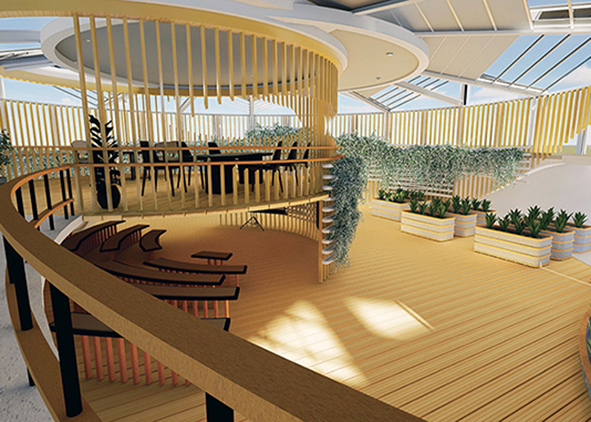
Downloads
Published
How to Cite
Issue
Section
Categories
License
Copyright (c) 2025 Asma Mehan

This work is licensed under a Creative Commons Attribution 4.0 International License.
This Journal is published under Creative Commons Attribution Licence 4.0 (CC-BY).
License scheme | Legal code
This License allows anyone to:
Share: copy and redistribute the material in any medium or format.
Adapt: remix, transform, and build upon the material for any purpose, even commercially.
Under the following terms
Attribution: Users must give appropriate credit, provide a link to the license, and indicate if changes were made; users may do so in any reasonable manner, but not in any way that suggests the licensor endorses them or their use.
No additional restrictions: Users may not apply legal terms or technological measures that legally restrict others from doing anything the license permits.
Notices
Users do not have to comply with the license for elements of the material in the public domain or where your use is permitted by an applicable exception or limitation.
No warranties are given. The license may not give users all of the permissions necessary for their intended use. For example, other rights such as publicity, privacy, or moral rights may limit how you use the material.






